Pincushion Flowers, scientifically known as “Scabiosa,” are charming and colorful perennials that add a burst of vibrancy to gardens while providing a haven for pollinators. These delightful plants are named for their distinctive, pincushion-like flowerheads, which consist of a central dome surrounded by a ring of petals. In this article, we’ll explore the captivating features, care, and ways to incorporate Pincushion Flowers into your garden, enhancing your outdoor space and supporting pollinator populations.
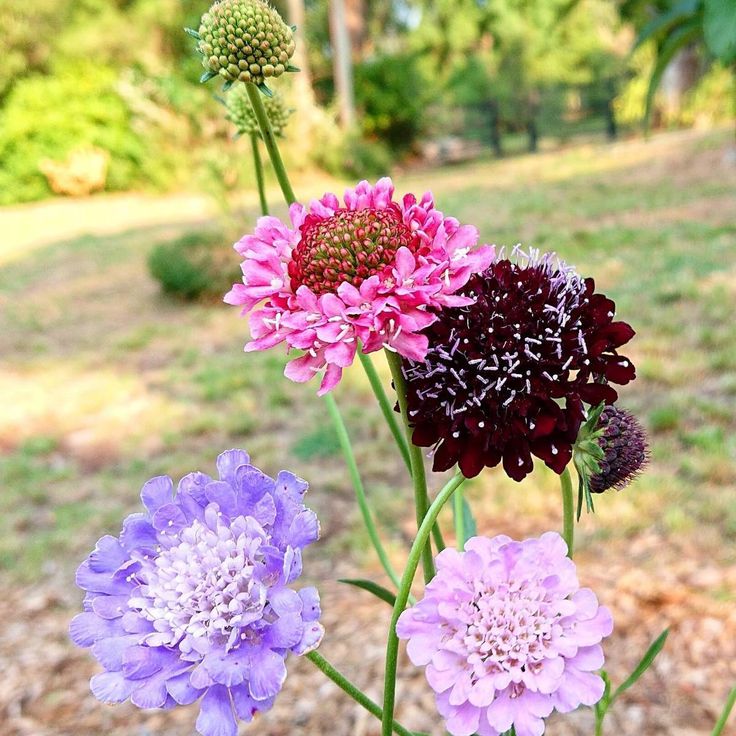
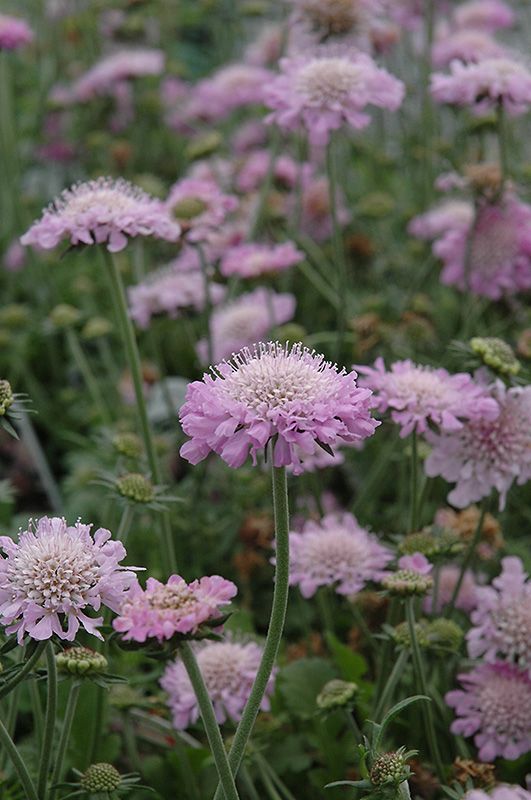
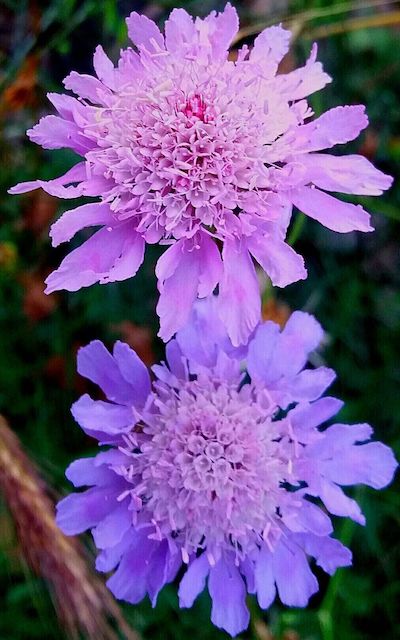
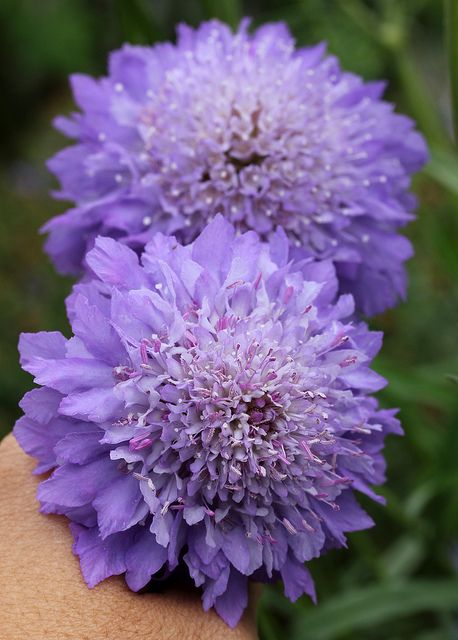
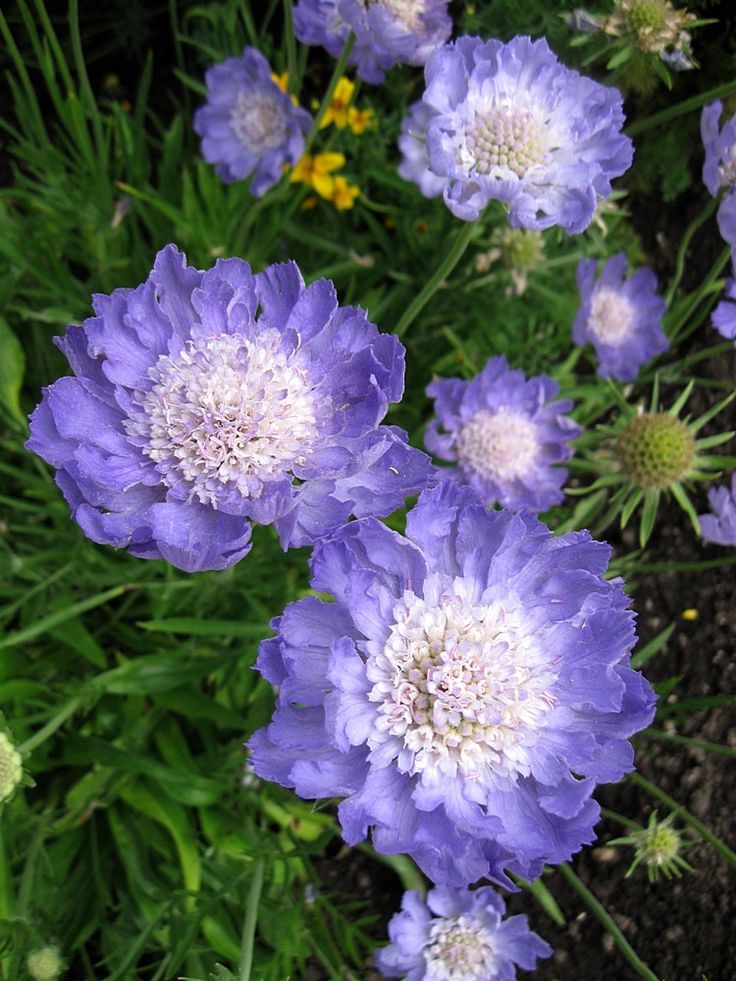
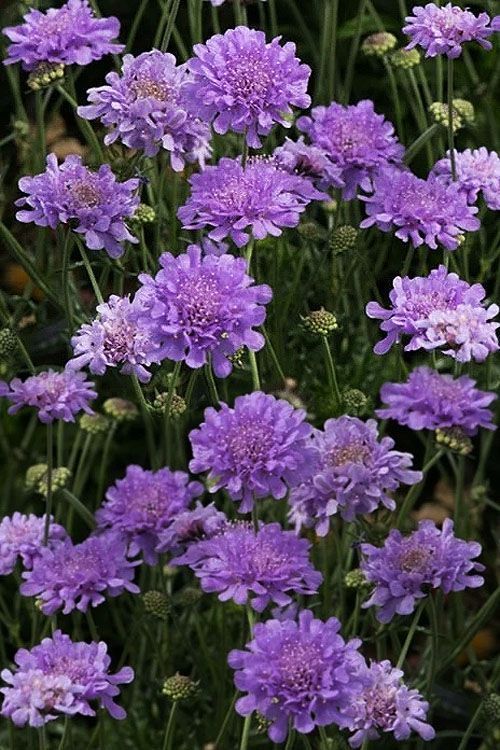
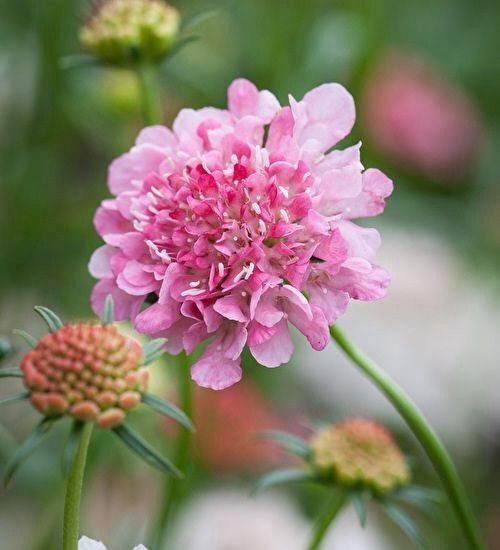
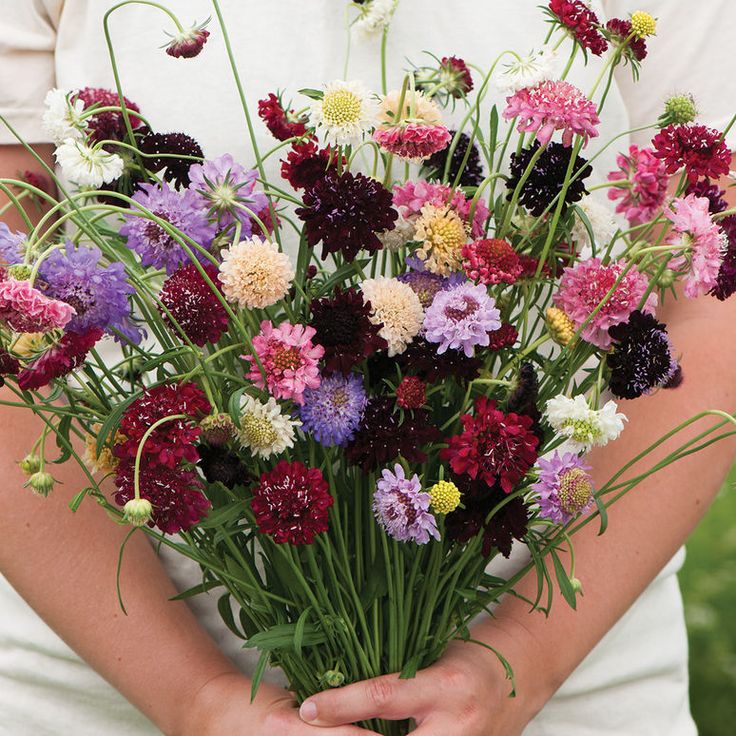
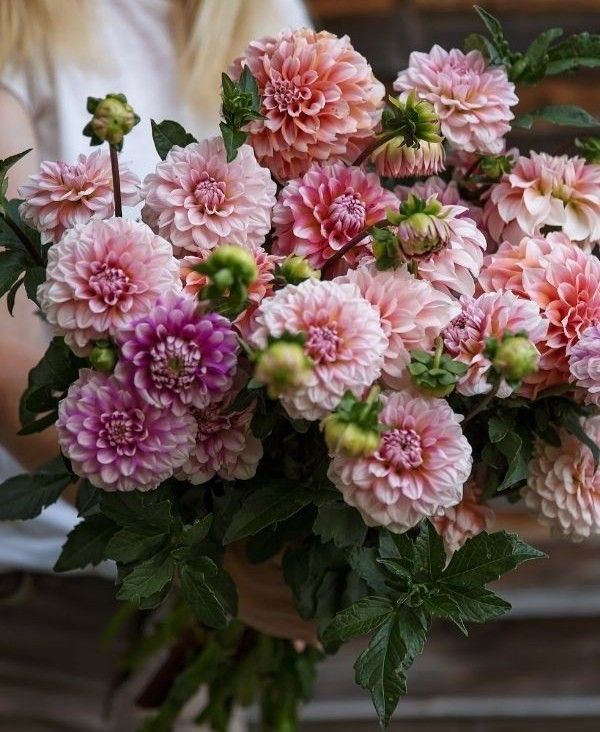
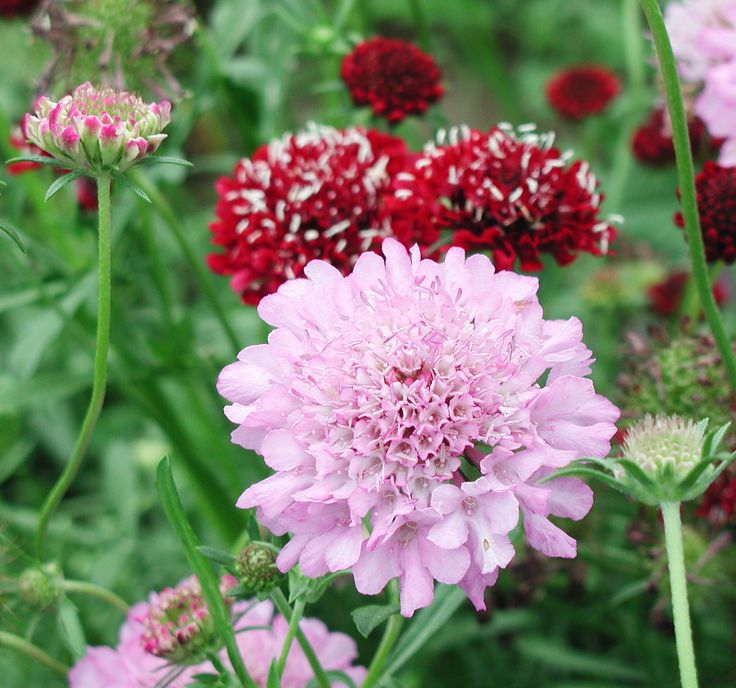
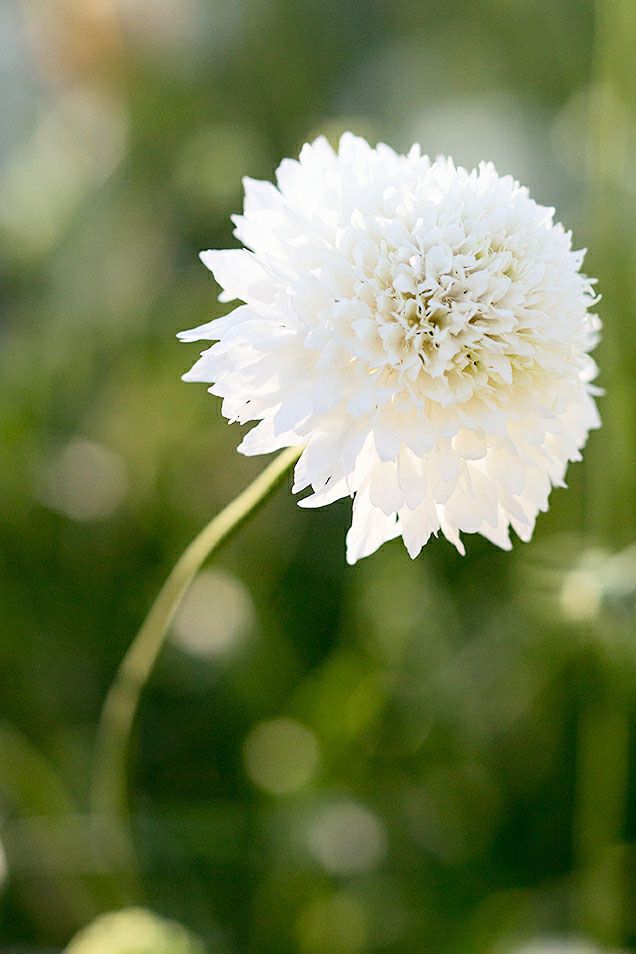
The Captivating Features of Pincushion Flowers
Pincushion Flowers are celebrated for their captivating features that make them a beloved addition to gardens:
- Unique Flowerheads: Pincushion Flowers produce flowerheads that resemble pincushions, with a raised central dome and a fringe of petals surrounding it. These flowerheads come in various colors, including shades of blue, lavender, pink, and white.
- Long Blooming Period: These perennials have an extended blooming period, often from late spring through fall, providing continuous color and interest in the garden.
- Attracting Pollinators: Pincushion Flowers are a favorite among pollinators, particularly bees and butterflies, making them an excellent choice for those looking to support local pollinator populations.
- Low Maintenance: They are relatively low-maintenance plants, making them suitable for both novice and experienced gardeners.
- Variety of Sizes: Pincushion Flowers come in various sizes, from compact varieties suitable for borders and containers to taller types that work well as cut flowers.
Caring for Your Pincushion Flowers
To ensure your Pincushion Flowers thrive and continue to dazzle with their vibrant blooms and pollinator activity, follow these care guidelines:
- Location: Plant Pincushion Flowers in a sunny spot that receives at least 6 hours of direct sunlight daily. They can tolerate partial shade but will bloom best in full sun.
- Soil: Ensure well-drained soil with good organic content. These plants prefer soil that isn’t overly wet.
- Watering: Keep the soil consistently moist but not waterlogged during the growing season. Water at the base of the plant to prevent fungal issues.
- Fertilizing: Apply a balanced, slow-release fertilizer in spring to promote healthy growth and flowering.
- Deadheading: Remove spent flowers regularly to encourage continuous blooming and prevent self-seeding.
- Cut Back: Trim back the foliage after the first flush of flowers to promote a second round of blooming.
Incorporating Pincushion Flowers into Your Garden
Here are creative ways to incorporate Pincushion Flowers into your garden:
- Pollinator Gardens: Plant Pincushion Flowers in dedicated pollinator gardens to attract and support bees, butterflies, and other beneficial insects.
- Mixed Borders: Pair Pincushion Flowers with other perennials and annuals in mixed borders for a dynamic and colorful garden display.
- Cut Flower Gardens: Grow Pincushion Flowers in dedicated cutting gardens to enjoy their vibrant blooms in floral arrangements.
- Containers: Use compact varieties of Pincushion Flowers in containers on your patio or balcony to add color and attract pollinators.
- Native Gardens: Incorporate native species of Pincushion Flowers into native plant gardens to promote biodiversity and support local wildlife.
Pincushion Flowers not only bring a burst of color and charm to gardens but also serve as vital sources of nectar and pollen for pollinators. Whether you’re creating a pollinator paradise, adding a pop of color to your borders, or simply appreciating the beauty of their unique flowerheads, Pincushion Flowers are a delightful choice.
Plant Pincushion Flowers in your garden, and let their captivating presence remind you of the essential role these plants play in supporting pollinators and enhancing the beauty of nature.